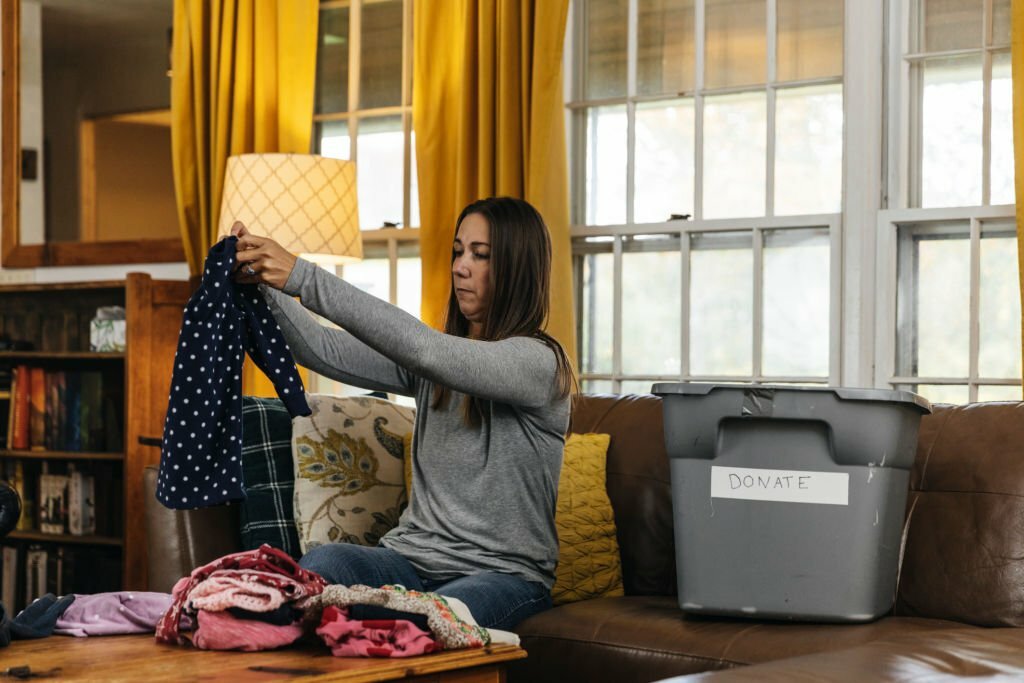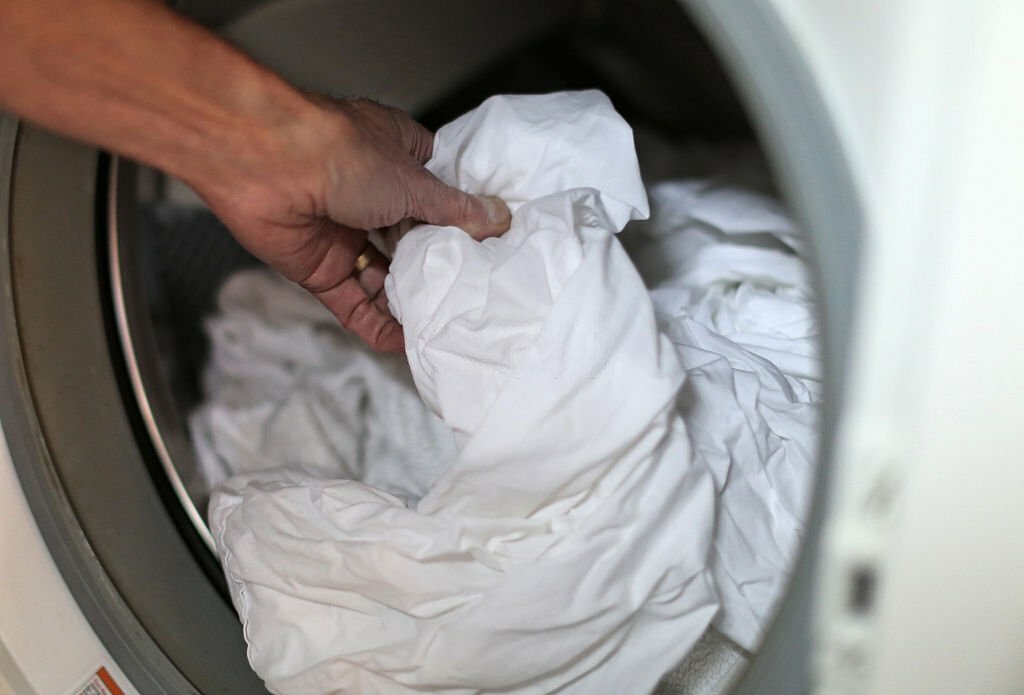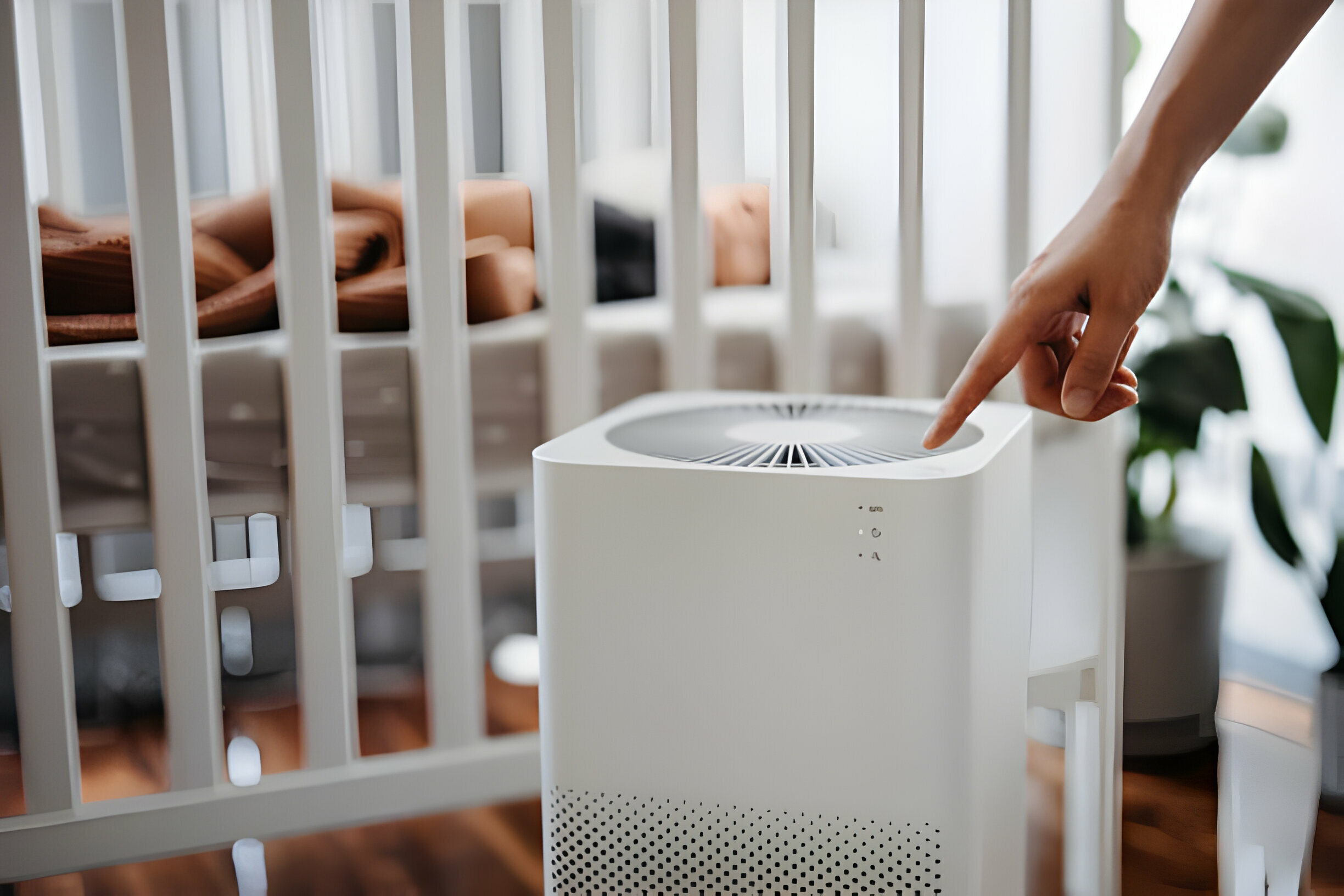Can Dry Cleaning Shrink Clothes?
Dry cleaning is a popular method for preserving delicate fabrics and intricate designs. However, many people question whether it can shrink clothes. This article Can Dry Cleaning Shrink Clothes? delves into this misconception, providing a comprehensive understanding of the dry cleaning process. It explores the methodology, materials, and techniques involved, factors contributing to fabric shrinkage, and distinguishes between professional and at-home alternatives. The myth surrounding dry cleaning is addressed, providing real-life experiences, expert opinions, and practical tips to prevent shrinkage. By the end of the article, readers will have a better understanding of the relationship between dry cleaning and shrinkage.
What Is Dry Cleaning?
Dry cleaning is a solvent-based process used to remove stains, dirt, and odors from delicate or sensitive garments and textiles. It involves pre-treating stains and spots, immersing them in a machine, agitating gently to remove contaminants, and then rinsing and drying using warm air.
This method preserves the texture, color, and overall quality of delicate fabrics like silk, wool, and intricate embellishments. Dry cleaning is a popular choice for individuals who want to maintain the longevity and appearance of high-end clothing items. The term “dry cleaning” is misleading, as it involves a liquid solvent, typically perchloroethylene.
How Dry Cleaning Works?
Dry cleaning is a specialized process that removes dirt, stains, and odors from clothing and textiles without using water. It begins with a thorough examination of the garments to identify any stains or spots, which are then pre-treated. The primary cleaning agent is a liquid solvent, typically perchloroethylene or an eco-friendly alternative. The garments are placed in a specialized machine, where they are gently agitated in the solvent.
This solvent effectively dissolves dirt and contaminants without causing damage or shrinkage, making it ideal for delicate materials. The solvent is drained, and the clothing is rinsed to remove any residue. The garments are dried using warm air in the same machine. Post-treatment, including steaming, pressing, and hand finishing, restores the garments to their original shape and appearance. Dry cleaning is effective in preserving the quality and longevity of high-end or delicate fabrics, minimizing the risk of color fading and shrinkage.
How does Dry Cleaning Differs From Traditional Washing?
Dry cleaning and traditional washing are distinct methods for cleaning clothing and textiles. Traditional washing uses water and detergents to remove dirt and stains from fabrics, while dry cleaning uses a liquid solvent like perchloroethylene or an eco-friendly alternative.
This makes dry cleaning ideal for delicate fabrics like silk or wool and garments with intricate detailing or embellishments. Dry cleaning also minimizes the risk of color fading and fabric shrinkage, common issues with traditional washing. While traditional washing is suitable for everyday clothing, dry cleaning is preferred for maintaining the quality and longevity of delicate or high-end garments, preserving their appearance and texture while effectively removing stains and odors.
Factors That Contribute to Shrinkage
Factors that contribute to shrinkage in clothing are multifaceted.
- Fabric Type: Different fabrics have varying degrees of susceptibility to shrinkage. Natural fibers like cotton and wool are prone to shrinking when exposed to heat and moisture, while synthetic materials like polyester and nylon are generally more resilient.
- Heat and Moisture: Excessive heat and moisture, often found in both washing and drying processes, can cause fabric fibers to contract and lead to shrinkage. High water temperatures and prolonged exposure to heat can exacerbate this effect.
- Mechanical Agitation: Aggressive washing and drying techniques, such as vigorous agitation in washing machines or high-speed spinning in dryers, can subject clothing to physical stress, causing fibers to constrict and garments to shrink.
- Improper Handling: Careless handling of clothing, such as stretching or wringing can damage fabric fibers, making them more prone to shrinkage during the cleaning process.
Understanding these factors and taking appropriate precautions can help mitigate shrinkage and preserve the integrity of your garments.
Professional Dry Cleaning vs. At-Home Care
| Aspect | Professional Dry Cleaning | At-Home Care |
|---|---|---|
| Cleaning Process | Specialized solvent-based cleaning process, tailored to fabric type and stains. | Traditional water-based washing using home laundry equipment. |
| Fabric Compatibility | Safe for delicate fabrics like silk, wool, and garments with embellishments. | May not be suitable for delicate or sensitive fabrics. |
| Risk of Shrinkage | Lower risk of shrinkage due to the absence of water. | Possible risk of shrinkage, especially with heat and moisture. |
| Stain Removal | Professional expertise and specialized treatments for effective stain removal. | Relies on household detergents and may not be as effective for tough stains. |
| Precision | Precise handling, preventing wear and tear on clothing. | Subject to the potential wear and tear of household washing machines. |
| Convenience | Requires dropping off and picking up clothing from a dry cleaning service. | Convenient for daily clothing care but may not be suitable for delicate items. |
| Preservation | Ideal for preserving the quality and longevity of high-end garments. | Suitable for regular clothing but may not be suitable for preserving delicate or valuable items. |
Can Dry Cleaning Shrink Clothes?

The misconception that dry cleaning causes clothing shrinkage is a misconception that is often misguided. Dry cleaning, when done correctly by experienced professionals, is designed to prevent shrinkage, as it uses a liquid solvent instead of water, which significantly reduces the risk of fabric contraction. Traditional washing methods, which use water and heat, can lead to fabric contraction.
Dry cleaning is particularly suitable for delicate and high-end garments, as it helps maintain their quality, shape, and appearance. To dispel this myth and understand the advantages of dry cleaning, it is essential to explore the nuances of the process and the careful handling by professionals, ensuring your garments emerge from the dry cleaning process as pristine as they entered.
How To Keep Clothes From Shrinking?
Shrinking clothes is a common problem that many people need help with when doing laundry. Several factors can cause clothes to shrink, such as high temperature, agitation, and fabric type. To prevent shrinking clothes, you can follow these steps:
- Check the care label of your clothes before washing them. The title will tell you the recommended washing and drying methods for the fabric. Follow the instructions carefully and avoid using settings that are too hot or too harsh for your clothes
- Wash your clothes in cold water or use the delicate cycle. Cold water and gentle washing can help reduce the stress on the fibers and prevent them from shrinking. You can also use a mild detergent that is suitable for delicate fabrics.
- Dry your clothes on low heat or air dry them. High heat can cause the fibers to contract and shrink, so avoid using the dryer or use the lowest setting possible. You can also hang your clothes to dry naturally or lay them flat on a towel. This will help them retain their shape and size.
- Iron your clothes carefully or steam them. If you need to iron your clothes, use a low temperature and avoid stretching or pulling the fabric. You can also use a steamer to remove wrinkles and refresh your clothes without applying direct heat.
Real-Life Experiences And Expert Opinions
Real-life experiences and expert opinions offer valuable insights into the relationship between dry cleaning and shrinkage. Personal stories of clothing shrinkage can highlight the importance of choosing a reputable dry cleaner, communicating concerns, and following care labels.
Textile experts and professionals in the dry cleaning industry can offer a deeper understanding of the process and tailor it to minimize shrinkage risk. This knowledge can help consumers make informed decisions about clothing care, especially for delicate or high-end fabrics. Combining real-life experiences with expert knowledge can provide a comprehensive perspective on dry cleaning and wardrobe preservation.
FAQs
What Items Can Not Be Dry Cleaned?
Some items that cannot be dry-cleaned are leather, suede, fur, silk, wool, and velvet.
Why Do Clothes Need To Be Dry-Cleaned?
Clothes need to be dry cleaned because they are made of delicate fabrics that can be damaged by water or detergent or because they have stains that require special solvents to remove.
Does Dry Cleaning Sanitize?
Dry cleaning is a process that uses a chemical solvent to clean clothes and fabrics without water. The chemicals are not effective at killing viruses. The heat applied during pressing and ironing can kill some germs but not all. Therefore, there are more reliable ways to disinfect clothes than dry cleaning.
How Do You Unshrink Clothes?
Unshrinking clothes is difficult, but you can try soaking them in a mixture of lukewarm water and hair conditioner. Gently stretching and reshaping while wet or using steam to relax the fibers and regain some size.
Can Dry Cleaning Go Wrong?
Yes, dry cleaning can go wrong if not done properly, potentially leading to damage, color fading, or fabric shrinkage.
Conclusion
The notion that dry cleaning inherently causes clothing to shrink is largely a misconception. Dry cleaning, when performed by professionals and accompanied by proper care, can effectively clean delicate garments while minimizing the risk of shrinkage. By understanding the dry cleaning process fabric considerations and taking preventive measures, individuals can enjoy the benefits of this cleaning method while preserving the quality of their clothing. It is essential to read care labels, communicate concerns, and select a reputable dry cleaner to ensure the best possible outcomes for your cherished garments.
Monique Valeris
Monique Valeris is a prominent house editor with a keen eye for design and a passion for creating warm and stylish interiors. With a wealth of experience and a fresh perspective, she blends contemporary trends with timeless elements to create aesthetically pleasing and functional spaces. Valeris's editorial contributions extend beyond the printed page, engaging with her audience through various platforms to share insights and tips. Her ability to effortlessly blend different design styles and her dedication to promoting inclusivity within home aesthetics set her apart as a leader in the field.








